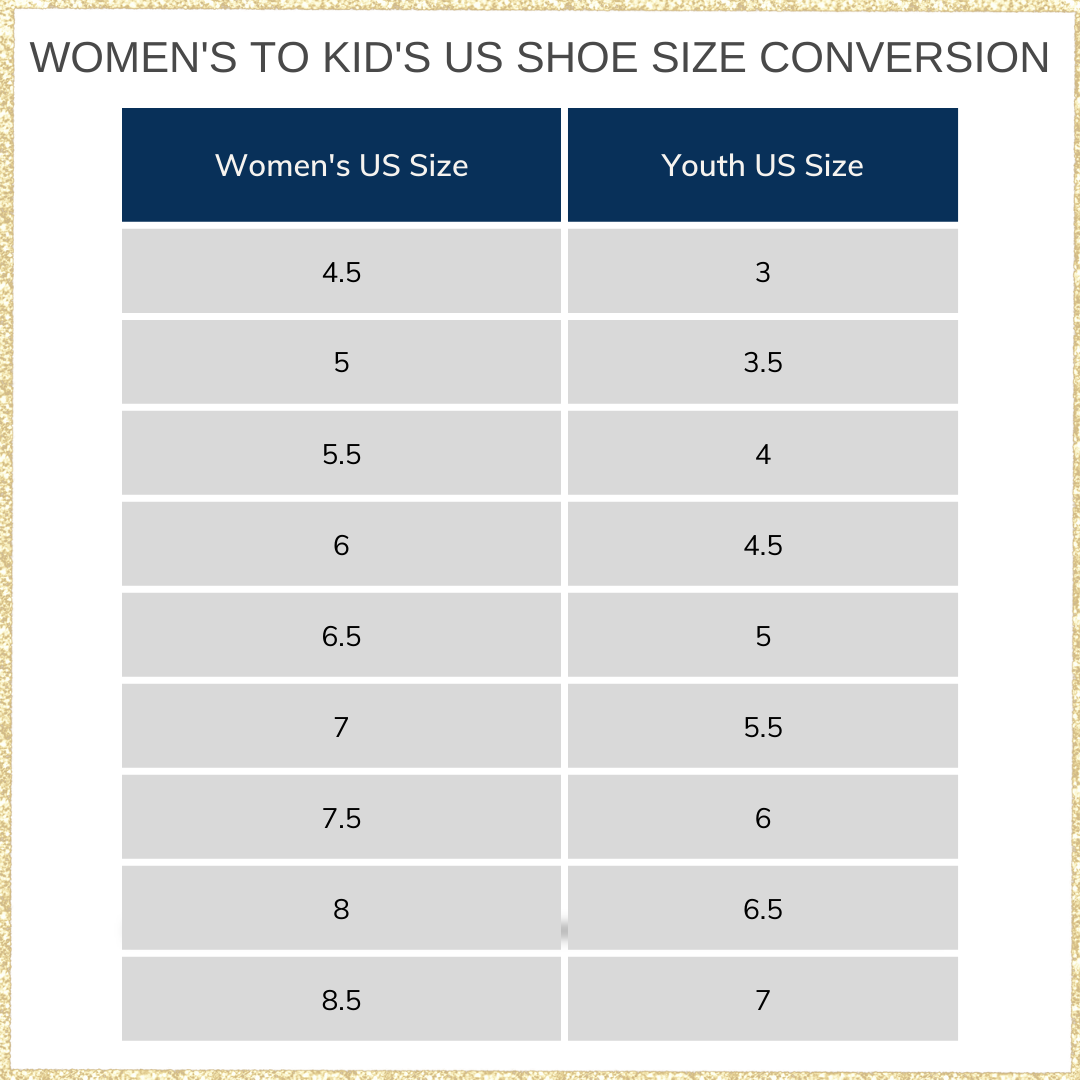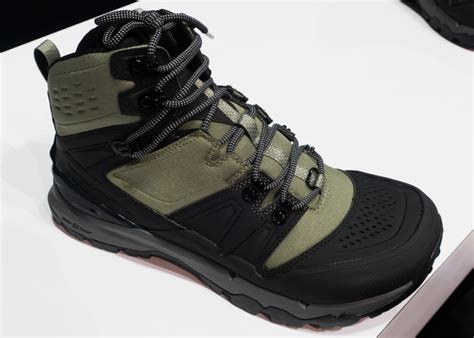5 Tips Steel Toe Shoes
The humble steel toe shoe - a staple in many industries where foot protection is paramount. From construction sites to manufacturing plants, these shoes have been saving toes and preventing injuries for decades. But with so many options available, how do you choose the right pair for your needs? In this article, we’ll delve into the world of steel toe shoes, exploring their history, benefits, and most importantly, providing you with 5 valuable tips for selecting the perfect pair.
To begin with, it’s essential to understand the evolution of steel toe shoes. The concept of protective footwear dates back to the early 20th century, when workers in hazardous occupations like mining and logging needed extra protection for their feet. Over the years, the design and materials used in steel toe shoes have undergone significant transformations, with modern versions offering unparalleled comfort, flexibility, and safety features. Today, you can find steel toe shoes in various styles, from sleek and stylish to rugged and heavy-duty, catering to different professions and personal preferences.
Now, let’s dive into our 5 tips for choosing the ideal steel toe shoes:
1. Assess Your Work Environment
Before selecting a pair of steel toe shoes, it’s crucial to evaluate your work environment. Consider the types of hazards you’re exposed to, such as heavy objects, sharp edges, or electrical risks. This assessment will help you determine the level of protection you need. For instance, if you work with heavy machinery or in areas where objects may fall, a shoe with a sturdy steel toe cap and a slip-resistant sole would be an excellent choice. On the other hand, if you’re in an environment with a high risk of electrical shock, you may want shoes with electrical hazard protection.
2. Understand the Safety Standards
Steel toe shoes are designed to meet specific safety standards, which are often regulated by government agencies or industry organizations. Familiarize yourself with these standards, such as those set by the American National Standards Institute (ANSI) or the Occupational Safety and Health Administration (OSHA). Look for shoes that meet or exceed these standards, ensuring they provide the necessary protection for your work environment. Understanding these standards will also help you make informed decisions when comparing different models.
3. Consider Comfort and Fit
While protection is paramount, comfort and fit are also vital considerations. Ill-fitting shoes can lead to discomfort, fatigue, and even injuries. When trying on steel toe shoes, wear the same type of socks you plan to wear on the job to ensure a proper fit. Pay attention to the shoe’s width, arch support, and cushioning. Remember, you’ll be wearing these shoes for extended periods, so they should feel comfortable from the start. Some steel toe shoes now incorporate advanced comfort features like breathable membranes and ergonomic design, making them feel more like athletic shoes than cumbersome work boots.
4. Inspect the Quality and Materials
The quality and materials used in steel toe shoes can significantly impact their durability and performance. Look for shoes made with high-quality leather or synthetic materials that are resistant to abrasion and water. The steel toe cap should be sturdy and securely attached to the shoe. Also, consider the sole; a good steel toe shoe should have a slip-resistant sole that provides traction on various surfaces. Some models may also feature additional protective elements like metatarsal guards or puncture-resistant midsoles, which can offer extra peace of mind in high-risk environments.
5. Check for Additional Features
Beyond the basic protective features, many modern steel toe shoes come with additional functionalities designed to enhance safety, comfort, and convenience. These might include reflective materials for increased visibility, moisture-wicking linings to keep feet dry, or even anti-microbial treatments to prevent odor buildup. Depending on your specific needs, these features can be a significant advantage, making your workday more comfortable and safe.
What are the main differences between steel toe and composite toe shoes?
+Steel toe shoes feature a steel cap to protect the toes, while composite toe shoes use non-metallic materials like carbon fiber or plastic. Composite toe shoes are lighter and can be more comfortable but may not offer the same level of protection as steel toe shoes.
How often should I replace my steel toe shoes?
+The frequency of replacing steel toe shoes depends on usage and condition. If the soles are worn down, the protective toe cap is damaged, or the shoes show significant signs of wear, it's time to consider replacing them. Regular inspections can help determine when replacement is necessary.
In conclusion, selecting the right steel toe shoes involves a careful consideration of your work environment, personal comfort, and the specific safety standards you need to meet. By following these 5 tips and staying informed about the latest developments in protective footwear, you can ensure your feet are well-protected and comfortable throughout your workday. Whether you’re a seasoned professional or just starting out in a hazardous occupation, the right pair of steel toe shoes can make all the difference in preventing injuries and enhancing your overall job performance.



